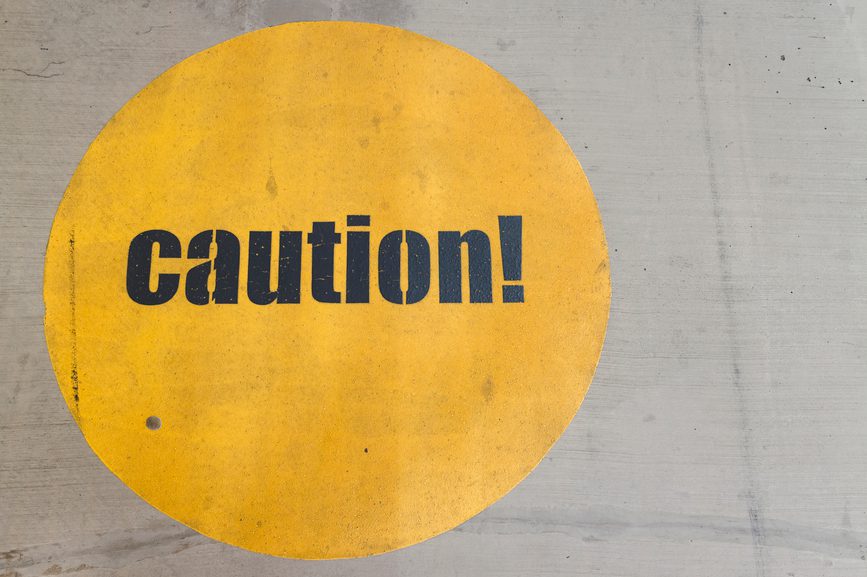Project Risk Management for Executive Stakeholders
Boosting the Visibility of Project Risk Management for Executive Stakeholders
Project management professionals often struggle to gain visibility for the risk management work they do. Unfortunately, executive-level stakeholders often fail to recognize the critical role the project office’s risk management function plays. This lack of understanding can make it challenging to garner support when needed and increases the difficulty of advocating for the team’s ability to manage project risk effectively. Fortunately, there are strategies that PMP®s can employ to enhance the visibility of their Project Team’s risk management efforts and improve how stakeholders perceive the value of risk management.
Enhancing Risk Management Training to Build Competency
Provide Project Risk Management Training
To increase the recognition of risk management, provide formalized training for your Project Team. Having structured training in place will not only improve team competency but also communicate to stakeholders that risk management is an essential discipline, not just an afterthought. When everyone in the team is on the same page and receives training from experienced instructors, it elevates the overall skill level, making risk management a more respected function both within the team and among executives.
Formalizing the Risk Management Role in the Project Office
Establish Risk Management as a Core Competency
By formalizing the risk management function within the project office, you help change perceptions of risk management. It should no longer be viewed as a generic part of a project but as a vital competency that requires special focus and expertise. This formalization emphasizes the importance of risk management and ensures that it becomes a more prominent part of the team’s responsibilities. By doing so, your Project Team will be better equipped to clearly communicate the value of risk management to senior leadership.
Incorporating Risk Management Updates in Stakeholder Communications
Include Risk Management Data in Project Presentations
One of the main reasons risk management lacks visibility is the simple fact that stakeholders might not be informed about it. Make risk management updates a consistent part of your communication with stakeholders. By regularly sharing findings, analysis, and strategies, you ensure that the executive team is aware of your team’s proactive approach to managing risks. This keeps risk management top-of-mind and showcases your team’s competency in handling it.
Demonstrating the Benefits of Risk Management
Explain the Value of Risk Management in Project Success
Many executive-level stakeholders may not fully understand the benefits of a strong risk management strategy. To address this, present concrete examples and data that highlight the positive outcomes of effective risk management. Share industry-level benchmarks or statistics from past projects to demonstrate how identifying, analyzing, and mitigating risks leads to consistent project success. When stakeholders understand the long-term advantages of risk management, they are more likely to champion your team’s efforts.
Risk Management Is Crucial for All Projects, Not Just Large Ones
Emphasize Risk Management’s Importance Across All Projects
It’s important to remind stakeholders that effective risk management is necessary for all types of projects, regardless of size or complexity. While some may assume that risk management is only relevant for large, high-visibility projects, it is equally vital for smaller or less high-profile ones. Show leadership that the practice of identifying potential risks and planning for them is essential across every project, ensuring that resources and time are used effectively without unnecessary surprises.
FAQs
1. Why is risk management visibility important in a project team?
- Visibility ensures that senior leadership understands the importance of managing risks, leading to better resource allocation and greater support for the team.
2. How can training improve a team’s risk management capabilities?
- Structured training ensures that all team members use the same methodologies and practices, enhancing their competency and ensuring consistent risk management across projects.
3. How can PMP®s increase stakeholder support for risk management?
- By formalizing risk management as a core competency, incorporating risk updates into stakeholder communication, and demonstrating the benefits of effective risk management.
4. What is the benefit of including risk management data in project presentations?
- Including this data ensures stakeholders are aware of ongoing risk analysis and mitigation efforts, increasing their confidence in the team’s ability to manage risks.
5. Why is risk management necessary for small or low-budget projects?
- Risk management helps identify and mitigate potential risks, regardless of project size, ensuring that resources are efficiently managed and potential issues are addressed before they become problems.


